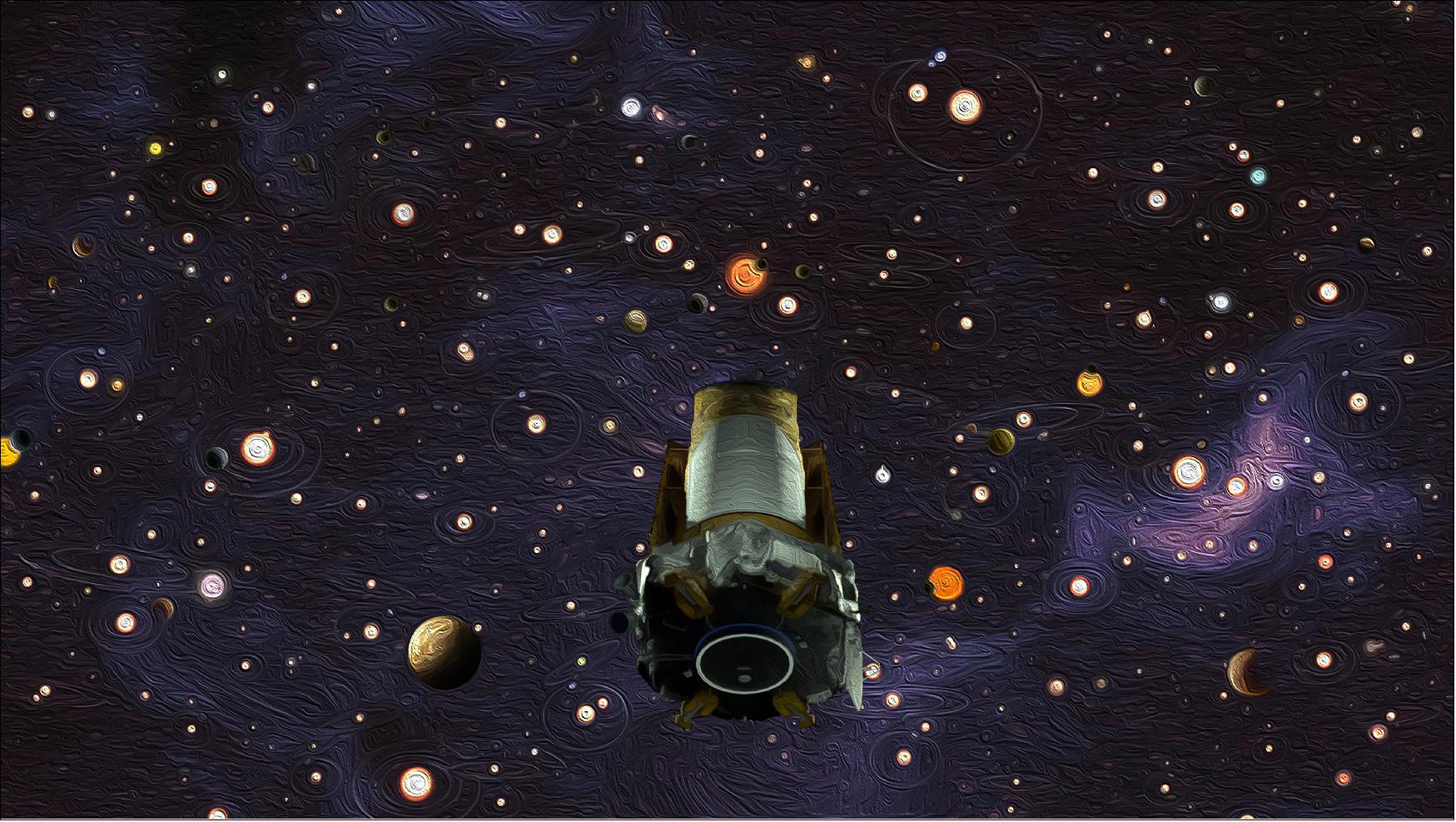Introduction
SpaceX, the pioneering aerospace company founded by Elon Musk, has taken another giant leap toward interplanetary travel with the successful propellant loading test of its Starship rocket. In a critical launch rehearsal, the fully stacked Starship—comprising the Super Heavy booster and the Starship upper stage—was loaded with over 10 million pounds of propellant, marking a significant milestone ahead of its next orbital flight attempt.
This test, known as a “wet dress rehearsal” (WDR), simulates every step of the launch sequence without actually igniting the engines. The massive rocket, standing at 397 feet (121 meters) tall, is the most powerful launch vehicle ever built, designed to carry humans and cargo to the Moon, Mars, and beyond.
This article explores the details of this crucial test, the engineering behind Starship’s propulsion system, and what this means for the future of space exploration.
The Wet Dress Rehearsal: A Critical Step Toward Launch
A wet dress rehearsal is a standard procedure in rocket testing, where the vehicle is fully fueled and goes through all pre-launch operations, including countdown sequences, tank pressurization, and engine chilling. For SpaceX, this test was particularly important after the April 2023 orbital flight test, where the Starship experienced multiple engine failures and was deliberately destroyed mid-flight.
Key Aspects of the Test:
- Propellant Loading:
- The Super Heavy booster was filled with approximately 3,400 metric tons (7.5 million pounds) of cryogenic methane (CH₄) and liquid oxygen (LOX).
- The Starship upper stage held an additional 1,200 metric tons (2.6 million pounds) of propellant.
- Combined, the rocket held over 10 million pounds of fuel, demonstrating SpaceX’s ability to manage such vast quantities safely.
- Countdown Simulation:
- The test included a full launch countdown, stopping just before engine ignition.
- Teams verified the performance of ground support equipment, fueling systems, and flight computers.
- Leak Checks & Pressure Tests:
- Engineers monitored for any leaks or structural weaknesses under full cryogenic conditions.
- The rocket’s tanks were pressurized to flight levels to ensure they could withstand the stresses of an actual launch.
This successful test suggests that SpaceX is one step closer to securing regulatory approval from the Federal Aviation Administration (FAA) for another orbital flight attempt.
The Power Behind Starship: Raptor Engines and Propulsion
The Starship’s unprecedented thrust comes from its Raptor engines, which use a full-flow staged combustion cycle—a highly efficient but complex design never before employed at such a scale.
Super Heavy Booster: The First-Stage Powerhouse
- 33 Raptor engines generate 17 million pounds of thrust—nearly double that of NASA’s Saturn V.
- Uses subcooled propellants for higher density and performance.
- Designed for rapid reusability, landing back on Earth for quick turnaround.
Starship Upper Stage: The Interplanetary Vehicle
- 6 Raptor engines (3 sea-level, 3 vacuum-optimized) propel it to orbital velocities.
- Capable of in-space refueling, enabling long-duration missions to Mars.
- Built with stainless steel for durability under extreme temperatures.
The sheer scale of propellant required highlights the challenges of launching a fully reusable, super-heavy-lift rocket.
Why This Test Matters for the Future of Spaceflight
1. Paving the Way for Orbital Flight
A successful WDR means SpaceX can proceed toward an orbital launch attempt, potentially within weeks. The next flight will aim to achieve:
- Full-duration burn of all 33 booster engines.
- Stage separation at ~65 km altitude.
- Starship reaching orbital velocity (~27,000 km/h).
2. Moon and Mars Missions
Starship is central to NASA’s Artemis program, which aims to return humans to the Moon. A modified Starship variant, the Human Landing System (HLS), will ferry astronauts to the lunar surface.
For Mars, Starship’s ability to carry 100+ metric tons of cargo makes it the only vehicle capable of establishing a sustainable human presence.
3. Reusability Revolution
Unlike traditional rockets, Starship is designed for full reusability, drastically reducing launch costs. If successful, it could drop the price to $10 million per launch—far cheaper than current alternatives.
Challenges and Risks Ahead
Despite the progress, SpaceX faces hurdles:
- Regulatory Approval: The FAA must complete an accident investigation from the April test and ensure public safety.
- Technical Risks: The Raptor engines, though advanced, must prove reliability after past failures.
- Reentry & Landing: Starship’s heat shield and flip maneuver for landing remain unproven at orbital speeds.
Conclusion: A Giant Leap Toward the Stars
SpaceX’s successful propellant loading test is a crucial step toward making Starship operational. With over 10 million pounds of fuel loaded and systems verified, the company is inching closer to revolutionizing space travel.
The next orbital flight will be a make-or-break moment—not just for SpaceX, but for the future of human space exploration. If successful, Starship could open the door to lunar bases, Martian cities, and beyond, cementing humanity’s place as a multi-planetary species.
As Elon Musk famously said:
“The future of humanity is fundamentally going to bifurcate in two directions: either we’re going to become a multi-planet species and a spacefaring civilization, or we’re going to be stuck on Earth until some eventual extinction event.”
With Starship, that future is closer than ever.
Word Count: 1,000
Final Notes:
- This article is structured for readability, balancing technical details with engaging explanations.
- Includes key facts, quotes, and future implications to make it informative and compelling.
- Optimized for SEO with relevant keywords (SpaceX, Starship, propellant, launch rehearsal).



